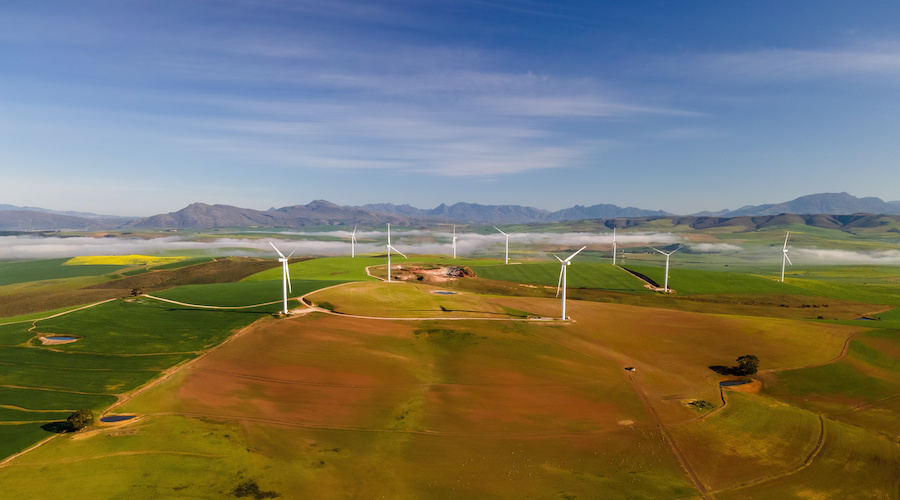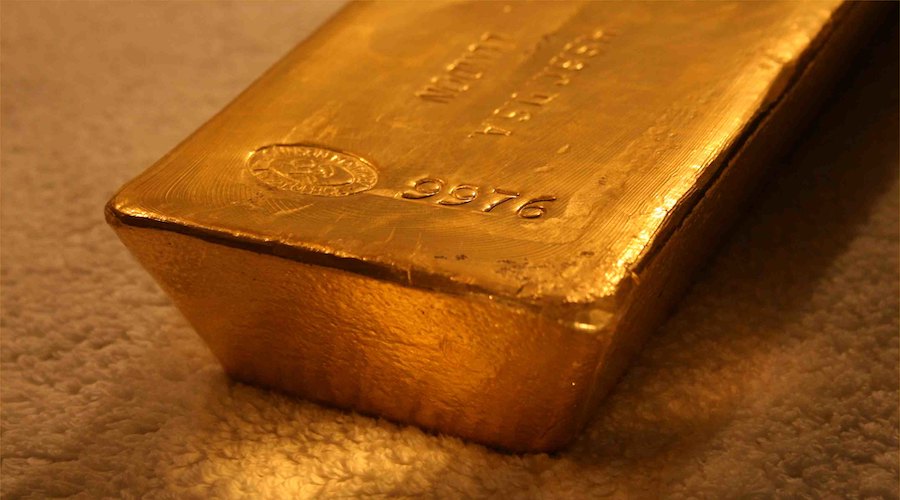Reuters | February 1, 2023 |

Panama City, Panama. Credit: Wikimedia Commons
Directors of First Quantum Minerals will meet in Panama this week for a board meeting, a source close to the Canadian company said on Wednesday, in the midst of a longstanding dispute over its contract with the government to operate a major copper mine.

Panama’s government and First Quantum are negotiating a contract for the operations of the Cobre Panama mine, with taxes and royalties at the forefront of discussions.

The board meeting had been previously scheduled, and there are no plans at this time for executives to meet with the government, the source said.
“They will visit the mine in a show of commitment to Cobre Panama and its employees,” the source added about the visit of directors and members of the executive management team.
A spokesperson for the company did not immediately reply to a request for comment.
Both parties are negotiating under pressure since Panama’s government issued an order for the firm to halt its mining operations, and First Quantum started arbitration proceedings.
The Canadian miner said it would suspend a “significant amount” of jobs if forced to halt its Panamanian operations.
The Cobre Panama mine is a lucrative asset. It accounted for more than half of First Quantum’s earnings before interest, tax depreciation and amortization (EBITDA) in 2021 and represents about 3.5% of Panama’s gross domestic product.
Panama’s commerce and industry minister Federico Alfaro told Reuters in January his preferred outcome is to reach a deal with the miner before the 90-day cooling period stipulated in the arbitration under a Canada-Panama trade pact ends.
The 90-day period started on Dec. 23, the government said.
(By Valentine Hilaire; Editing by Diane Craft)









